Disaster Recovery (DR) Architecture on AWS, Part II: Backup and Restore with Rapid Recovery
AWS Disaster Recovery
APRIL 26, 2021
By using the best practices provided in the AWS Well-Architected Reliability Pillar whitepaper to design your DR strategy, your workloads can remain available despite disaster events such as natural disasters, technical failures, or human actions. DR strategies: Choosing backup and restore. Implementing backup and restore.

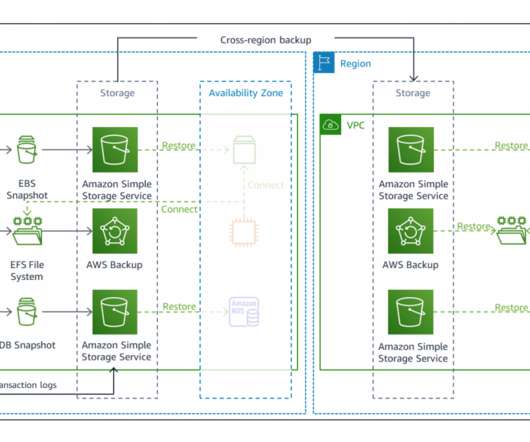
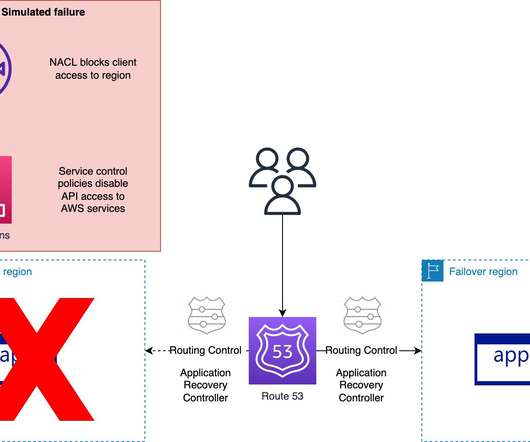
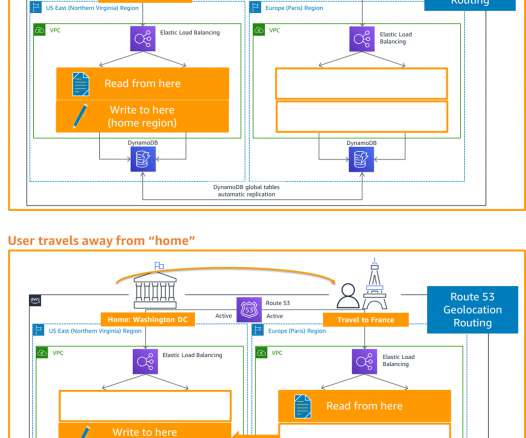
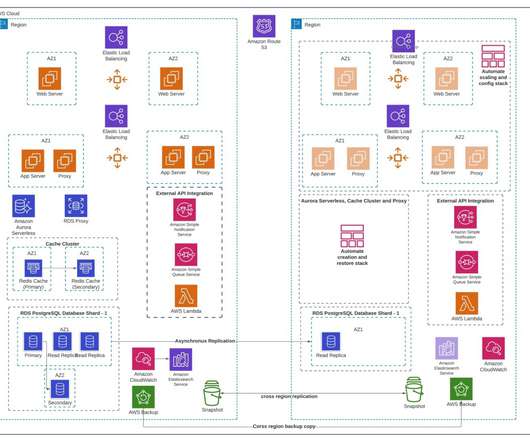
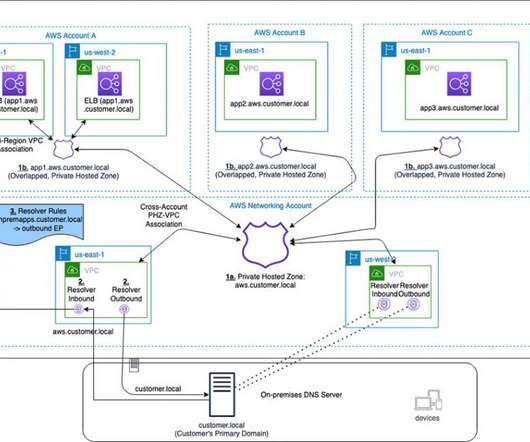






Let's personalize your content